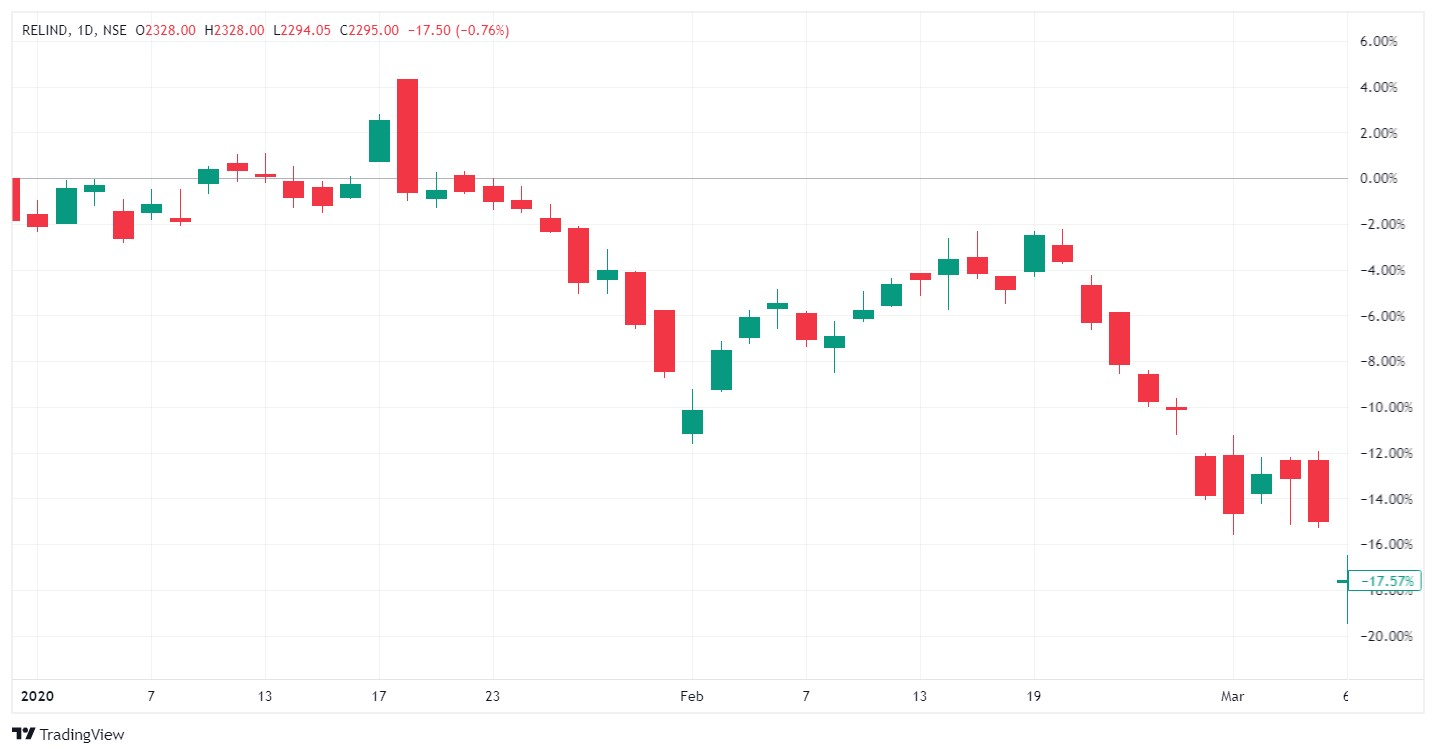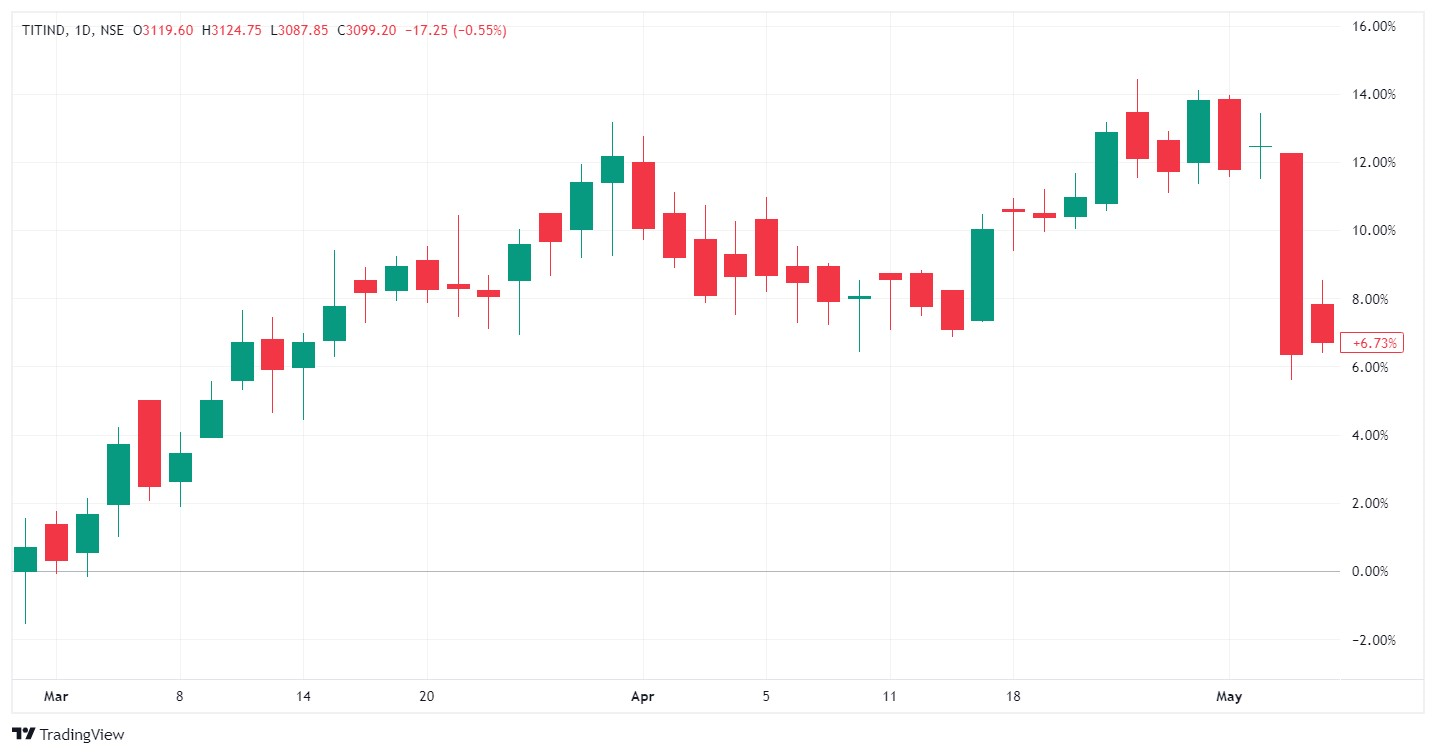UNDERSTANDING CHARTING PATTERNS- WEDGES
Understanding Charting patterns- Wedges
Introduction
Chart patterns play a pivotal role in the world of technical analysis for traders and investors. They provide insights into potential price movements, offering invaluable guidance. One such set of patterns is the "Wedges," encompassing the "Rising Wedge" and the "Falling Wedge." In this blog, we will explore these patterns in detail, using real-life examples from the Indian stock market to illustrate their significance.
Understanding Wedge Patterns
Wedge patterns are a group of powerful technical analysis patterns that can provide clear signals for potential trend reversals or trend continuations. They are characterized by converging trendlines, and there are two primary types:
-
Rising Wedge: This pattern typically occurs within a downtrend and signals a potential trend reversal to the downside. It's formed by converging trendlines slanting upwards.
-
Falling Wedge: The falling wedge is usually found within an uptrend and signifies a potential trend reversal to the upside. It's characterized by converging trendlines sloping downwards.
Let's delve into real-life examples from the Indian stock market to gain a deeper understanding of both rising and falling wedge patterns.
Rising Wedge Example: Reliance Industries Limited (RELIANCE)
Reliance Industries, a conglomerate with interests spanning petrochemicals, refining, telecommunications, and more, exhibited a Rising Wedge pattern in 2020. This example demonstrates how this pattern can signal a potential trend reversal to the downside.

Here's a breakdown of the key elements:
-
Pattern Formation: The Rising Wedge pattern formed from January to March 2020 within a larger downtrend. The stock price encountered converging trendlines slanting upwards.
-
Signal Confirmation: As the stock's price approached the apex of the rising wedge, it broke below the lower trendline, confirming the bearish pattern. This signaled a potential trend reversal to the downside.
-
Subsequent Movement: Following the breakout, Reliance Industries experienced a significant price decline, aligning with the pattern's bearish implication.
Falling Wedge Example: Titan Company Limited (TITAN)
Titan Company, a renowned Indian consumer goods company, displayed a Falling Wedge pattern in 2019. This example showcases how this pattern can signify a potential trend reversal to the upside.

Here's a detailed analysis of this example:
-
Pattern Formation: The Falling Wedge pattern developed from March to May 2019 within a larger uptrend. The stock price's movement was confined by converging trendlines sloping downwards.
-
Signal Confirmation: As the stock's price approached the apex of the falling wedge, it broke above the upper trendline, confirming the bullish pattern. This signaled a potential trend reversal to the upside.
-
Subsequent Movement: Following the breakout, Titan Company experienced a significant price increase, aligning with the pattern's bullish implication.
Trading Wedge Patterns in the Indian Market
Effectively trading wedge patterns in the Indian stock market requires a systematic approach. Here are some key considerations:
-
Entry and Exit Points: For Rising Wedge patterns, consider short positions when the price breaks below the lower trendline. For Falling Wedge patterns, consider long positions when the price breaks above the upper trendline.
-
Volume Confirmation: Pay attention to trading volume when the price breaks out of the wedge pattern. A breakout with significant volume is a more robust signal.
-
Price Targets: To estimate potential price targets, measure the height of the wedge pattern and project it in the direction of the breakout.
-
Stop-Loss Orders: Implement stop-loss orders to manage risk. Place them just beyond the opposite side of the wedge pattern to protect against false breakouts.
-
Timeframes: Wedge patterns can appear on various timeframes, so choose one that aligns with your trading strategy.
Conclusion
Wedge patterns, including the Rising Wedge and Falling Wedge, are valuable tools for traders in the Indian stock market. Recognizing these patterns, understanding their formation, and incorporating them with other technical analysis tools can enhance your trading decisions.
However, it's essential to remember that no pattern is foolproof, and risk management remains crucial in trading. Conduct thorough research and consider employing additional indicators and analysis methods to validate your trading decisions.
By mastering these patterns and combining them with a well-rounded trading strategy, you can navigate the Indian stock market with increased confidence and precision.
 Top Mutual Funds
Top Mutual Funds
